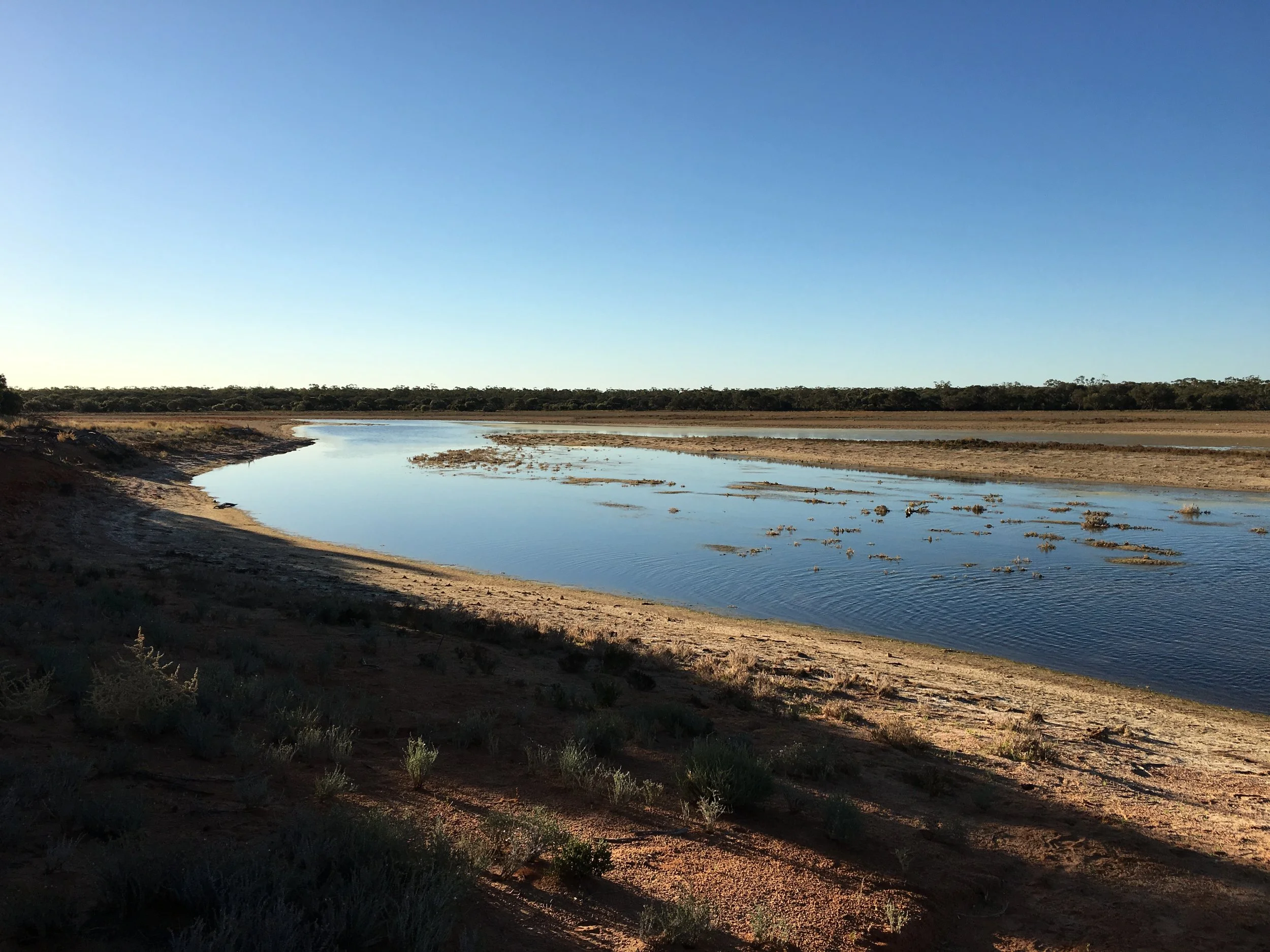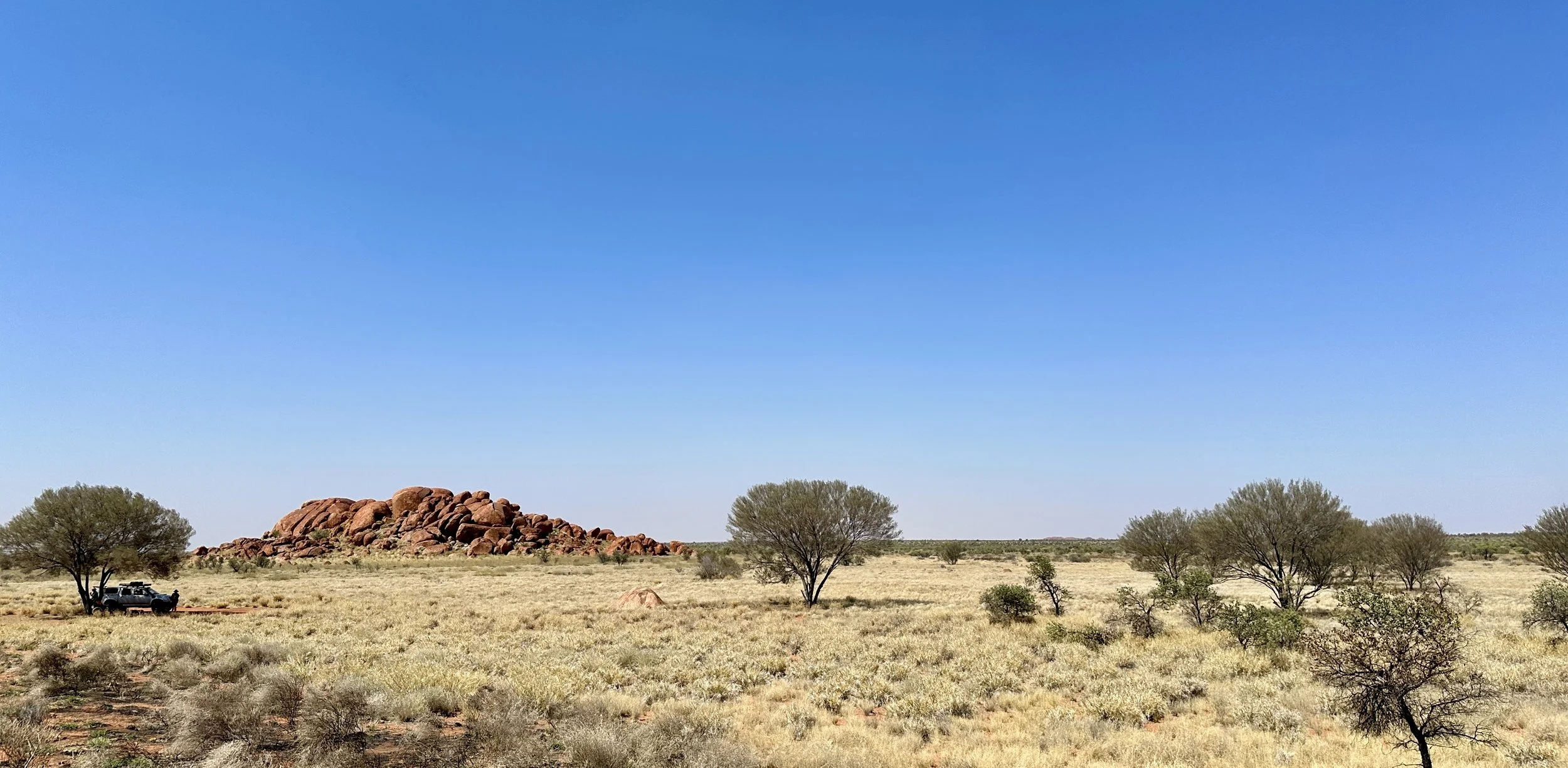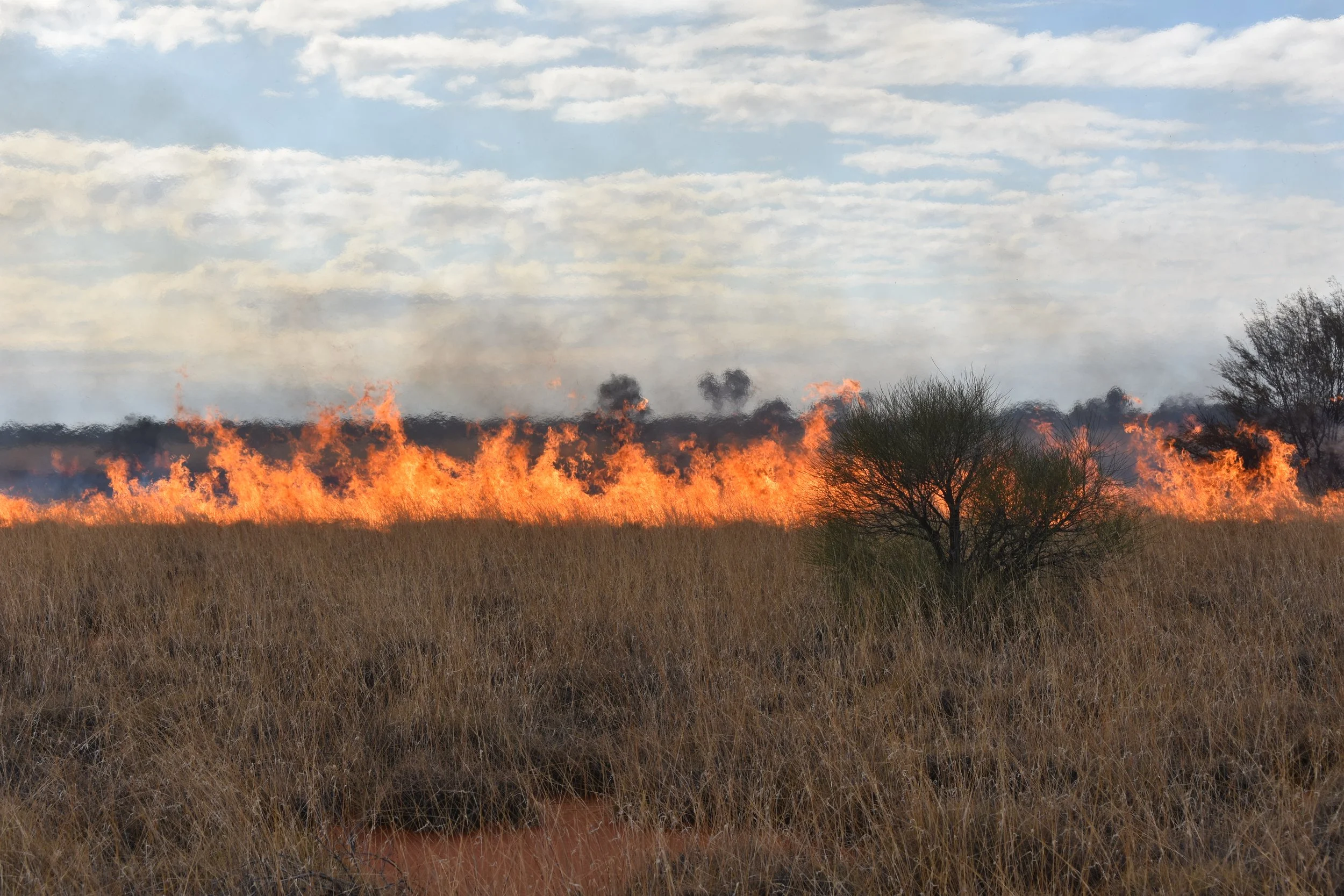INDIGENOUS PROTECTED AREAS
DSS has been on the Indigenous Protected Area (IPA) journey with many Traditional Owner groups.
-
IPAs are created when Aboriginal land holders enter into voluntary conservation agreements with the Australian Government, which are managed to standards as set out by the International Union for Conservation of Nature (IUCN). This is referred to as “dedicating” land as an IPA.
The standards promote a balance between conservation and other sustainable uses to deliver social, cultural and economic benefits for local Indigenous communities.
IPA projects are supported through multi-year funding agreements. They are recognised as part of the National Reserve System, for protection of the nation’s biodiversity and cultural heritage
DSS helps Indigenous organisations supplement this funding through fee-for service or other income generating activities, as well as gaining support from private sector and philanthropic organisations.
-
The journey to dedicate your land as an IPA begins by applying to the Federal Government for your land to be considered.
If approved to proceed, the landholders will spend time planning they will manage the IPA, such the conservation activities and uses of the area. This plan is presented to the Government as part of the agreement.
-
DSS can assist Traditional Owner landholders to:
- apply for an IPA
- run on country and other planning workshops for the IPA plan
- develop a management plan
- develop agreements with partners
- apply for other funding to support facilities and activities associated with the IPA
DSS has assisted in the following IPAs:
Kiwirrkurra IPA
Year commenced: dedicated in 2014
Land area: 4.59 million hectares
Location: Gibson and Great Sandy Deserts
DSS role: Acquiring funding, IPA planning, Ranger Team coordination, partnership development, contract management transferred to Traditional Owners.
Description:
Kiwirrkurra traditional owners are combining their famous traditional land management skills with contemporary science to look after culture, country and people. The area is home to several threatened species including the bilby (ninu) and great desert skink (tjalapa). It also contains a host of important food and medicine plants and animals.
Priorities for using and managing country include:
spending time on country to keep knowledge and connections alive
passing on knowledge from elders to younger people
actively managing the land through right-way burning, feral animal and weed control, and keeping water places healthy
working with partners to bring in new ideas.
Ranger team was added in 2018 delivering employment
delivering on-ground land management outcomes
building their capacity through training and knowledge sharing with other ranger groups
engaging Kiwirrkurra school students
working closely with the IPA rangers and elders on country.
Birriliburu IPA
Year commenced: dedicated 2013
Area: 6.6 million hec
Location: covering three central west desert regions - the Little Sandy Desert, Gibson Desert and the Gascoyne. It traverses the Carnarvon Range to Constance Headland along Western Australia’s famous Canning Stock Route. All of this country belongs to the Birriliburu native title holders, known as the Martu.
DSS role: Acquiring funding, IPA planning, Ranger Team coordination, partnership development (including with long tern partner Bush Heritage Australia (BHA), contracts transferred to Traditional Owners, established and developed successful Martu land management company.
Description: The area is home to a high number of nationally significant species such as the:
black flanked rock wallaby
great desert skink
night parrot
slender billed thornbill.
Across Birriliburu there are world renowned ancient rock art galleries and sites that are culturally significant to the Martu.
Birriliburu priorities for using and managing country include:
getting back on country
keeping culture strong
keeping country and water sources healthy
looking after tourists
working with partners to develop Martu work skills in conservation and land management.
Achievements: Ranger program growth- Since the IPA Dedication in 2013 the Birriliburu ranger program has grown extensively and now includes multiple programs and partnerships all aimed at promoting and preserving Country and culture.
Since 2019, the Ranger program has been run by Birriliburu Pty Ltd, a land management subsidiary of the PBC (the native title corporation), which DSS helped establish and build.
Ngururrpa IPA
Year: 2020
Area: 2.9 million hectares,
Location: Ngururrpa country is located in the far east of Western Australia’s Pilbara region in the Great Sandy Desert. Ngururrpa IPA is connected to Paruku IPA to the north, Kiwirrkurra IPA to the south and the Southern Tanami IPA to the east, thereby contributing to an extensive continuous network of IPAs in the region.
DSS role: Acquiring funding, IPA planning, Ranger Team coordination, partnership development, contract management transferred to Traditional Owners, establish ranger base in Balgo for on country work.
Descripton: Home to great desert skink, red-tailed phascogale, goannas, bilbies, mulgara, marsupial moles, thorny devils, crested dragons and red kangaroos.
Birds of conservation significance that have been recorded include the grey falcon, striated grass-wren and rufous-crowned emu-wren. There have been numerous sightings of the Critically Endangered night parrot.
Matuwa Kurarra Kurarra IPA (transitioning to the PBC - TMPAC)
Year: dedicated 2015
Area: 596,642 hectares of exclusive possession Native Title land.
Location: Matuwa and Kurrara Kurrara is located in the Murchison and Gascoyne bioregions on the southern edge of the Little Sandy Desert.
DSS role: Acquiring funding, IPA planning, Ranger Team coordination, partnership development, contract transferred to Traditional Owner corporation.






